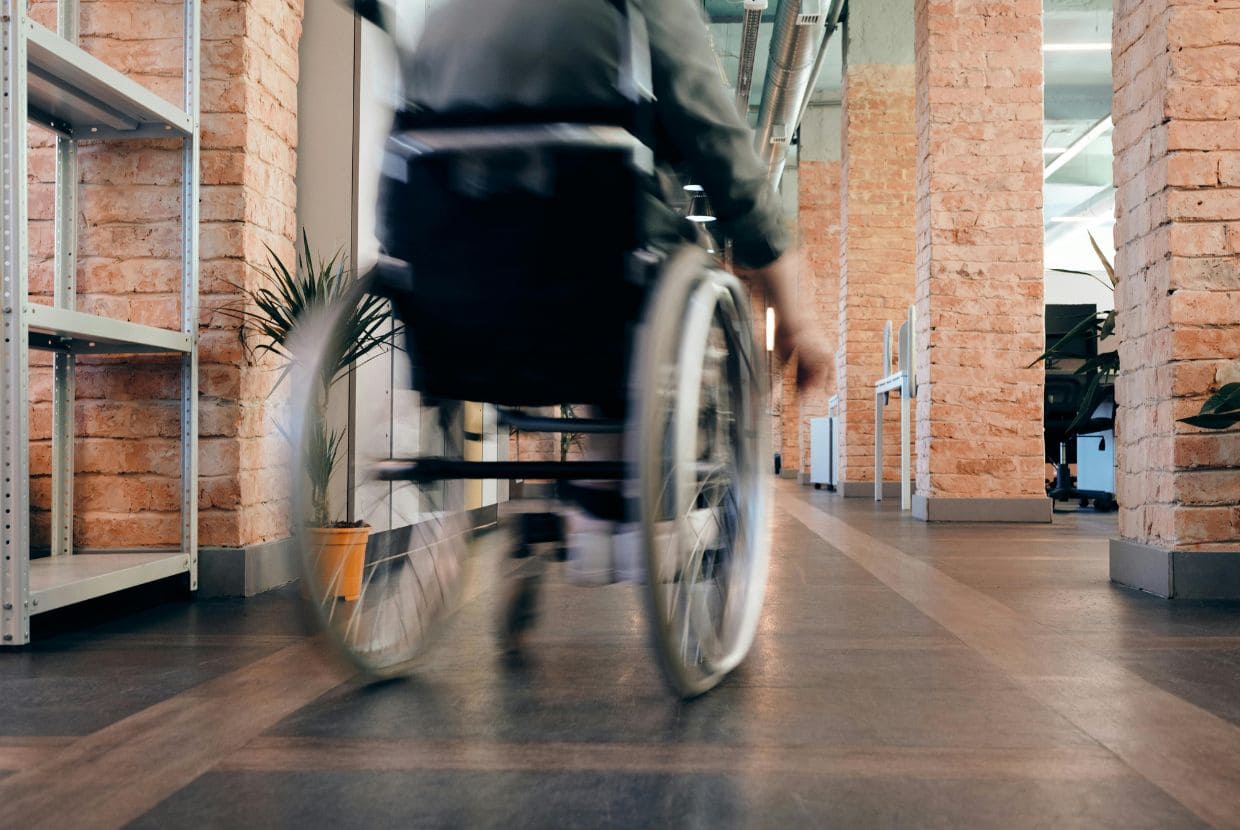It's been several months since the 2025 accessibility reform came into force, aiming to make daily life easier for all citizens. This regulation seeks to guarantee true equality in all environments, including residential buildings, which must adapt to the new legal requirements. In this guide, we explain how this reform affects your building and what steps you must take to comply with its requirements.
Context and background of the 2025 accessibility reform
Law 8/2024 on Universal Accessibility
The main objective of this law is to eliminate architectural, urban, and communication barriers to ensure access to common spaces for all people, especially those with disabilities or reduced mobility.
It promotes specific action strategies to improve accessibility in buildings, transportation, services, and digital environments.
Draft Law on Dependency and Disability
One of the pillars of the 2025 accessibility reform, which expands the rights of people with disabilities and dependencies. It recognizes telecare as an essential right and simplifies the processing of aid.
Furthermore, it eliminates incompatibility between healthcare services, allowing beneficiaries to access more benefits simultaneously.
Transposition of Directive (EU) 2019/882
Also known as the European Accessibility Act, it requires the private sector to make products and services such as websites, digital media, banking, and transportation accessible.
It comes into force on June 28, 2025, marking a key milestone in the implementation of the 2025 accessibility reform in Spain.
Main new features of the 2025 accessibility reform
Subjective right to accessibility works
Residents of a building have the right to request accessibility improvements such as the installation of ramps or lifts, regardless of the number of votes in favor. This recognizes the positive impact on the quality of life and safety of all residents.
Elimination of reinforced majorities
A qualified majority will no longer be required to approve these projects in homeowners' meetings. This measure also applies to energy reforms, facilitating the execution of projects with fewer bureaucratic obstacles.
Cost limits and new execution deadlines
More flexible budget limits and shorter execution times have been established to expedite the start of construction and reduce waiting times. Thus, the 2025 accessibility reform aims to accelerate the transformation of residential buildings.
Obligations and deadlines for homeowners' associations
60-day period to respond and act
Once the accessibility request is submitted, the community has a maximum of 60 days to respond. If an agreement is not reached, the requester may take legal action on their own to ensure their rights are upheld.
Mandatory processing of aid and subsidies
Communities are required to apply for available grants to finance their projects. This helps ease the financial burden on property owners and avoids unnecessary delays in project execution.
License management and security measures
The community must be responsible for obtaining the relevant municipal permits and complying with safety regulations during construction. This is essential to ensure the project is carried out correctly and with all legal safeguards.
Impact on your building and necessary adaptations
Structural reforms and technical project
The 2025 accessibility reform allows any resident to request improvements to the building's structure. These can include everything from ramps to the installation of lifts, stair lifts, or automatic doors.
To carry them out, it is essential to draft a technical project that includes all the necessary actions and meets the technical and legal criteria.
Municipal accessibility plans
Municipalities must provide advisory tools, subsidies, and technical assistance so that buildings can adapt to the new regulations. These local plans are a key element in implementing the reform at the community level.
Practical examples in neighborhood communities
In communities in the Balearic Islands, for example, accessibility projects are already underway, including the installation of lifts, the adaptation of entrances, and adapted signage. These initiatives have significantly improved residents' quality of life.
Recommendations for addressing the 2025 accessibility reform
Conduct a feasibility study
Before beginning any construction project, it is essential to have a technical study evaluating the project's feasibility. This report must be accompanied by a technical report detailing the methodological, budgetary, and impact aspects.
Apply for state and regional subsidies
There are various public assistance options for adapting buildings. Proper coordination of these options will reduce costs for residents and facilitate compliance with the 2025 accessibility reform.
Foster consensus in the community
It's advisable to hold neighborhood information meetings to explain the need for the work, resolve questions, and reach consensus-based agreements. Good communication is essential to speed up decisions and avoid conflicts.
At Eleva Balear we are specialists in lift installation in Mallorca.
Adapting your building to the 2025 accessibility renovation doesn't have to be complicated. At Eleva Balear, specialists in installation of lifts in MallorcaWe support you throughout the entire process, from the feasibility study to elevator installation and grant management.
We offer technical advice, professionalism, and a tailored service to ensure your community complies with regulations without problems. Contact us today for a personalized quote.




